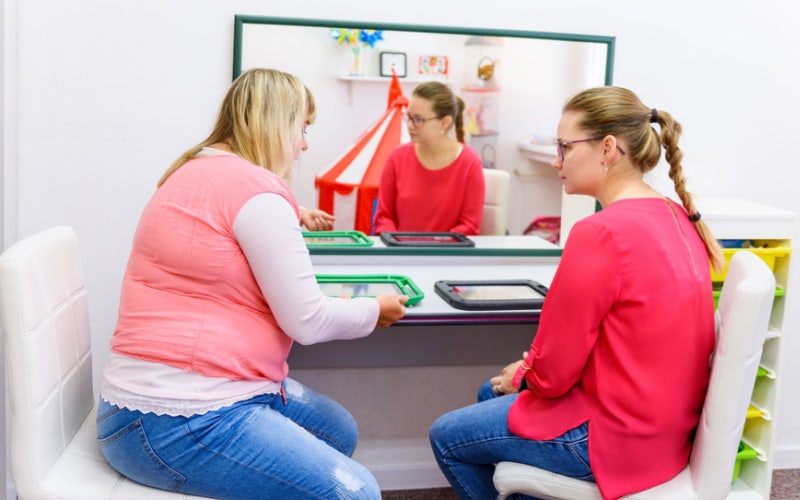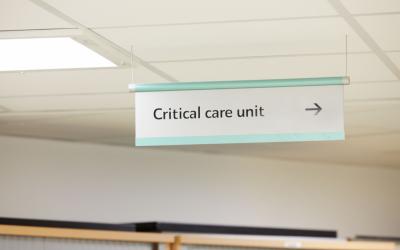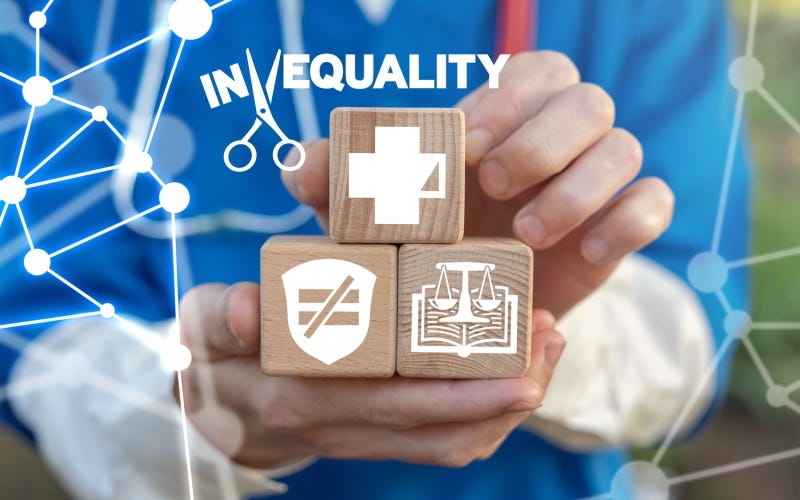What is augmentative and alternative communication?

How do you express yourself and get your message across when you cannot speak, or problems with your speech make it difficult to be understood? This is a problem facing thousands of children with autism, language impairments and severe disabilities. Fortunately, assistance is at hand. Sarah Harrop takes a closer look.
Augmentative and alternative communication (AAC) is really any form of communication that is not speaking with your mouth. AAC is used by children and young people when they have difficulties with producing or understanding spoken or written language. It helps all young children to support learning, communication skills and development and it can also help children with disabilities to communicate. With AAC this is done by, for example, pointing to, or exchanging, symbols, objects or photographs; using signing language; or using electronic AAC devices that will speak a message when the user pushes a button.
So what’s the difference between augmentative communication and alternative communication? Augmentative means to add to someone’s speech, while alternative is just that – communication used instead of speech. Different children can benefit from different levels of AAC, and this may alter as they get older or their language changes.
As the Communication Matters charity describes it, “Some kinds of AAC are actually part of how everyone communicates: for example, waving goodbye; giving a “thumbs up’ instead of speaking; pointing to a picture, or gesturing in a foreign country. However, people with speech difficulties have to rely on AAC most of the time.”
AAC can markedly improve the lives of people with communication impairment. Testament to this is a systematic review of the literature on AAC use in children with neurodevelopmental disorders by the American Speech-Language-Hearing Association (ASHA) which showed that “the use of AAC has yielded positive outcomes such as improved independence, functional communication, participation in activities of daily living, and quality of life.”
What different types of AAC are there?
AAC is an assistive technology that covers a broad range of techniques that support or replace natural speech. These include ‘no tech,’ simpler approaches like gestures, facial expressions and body language, to signing, symbols and word boards, right through to low tech communication boards and books. At the other end of the scale are sophisticated high-tech electronic communication devices and apps that are dynamic and responsive and can be used unaided.
‘No tech’ and low-tech AAC
Sign Language - the oldest form of AAC, the origins of which date back to at least 5th Century BCE Ancient Greece. A sign is a gesture, usually a hand gesture, which is used to represent a word. Using signs along with talking helps all children to concentrate and listen to what is being said. Looking at something at the same time as hearing the words helps children to make the connection between spoken words and their meaning. Some of the different signing systems used include:
- Makaton: an AAC system designed to support spoken language, with signing used alongside speech and in the same order as the spoken word. Makaton was originally designed to help people with learning disabilities to understand spoken language and enable basic self-expression, but it is now used by a wide range of people with complex communication needs.
- Signalong: a sign-supported communication system for everyday use, mostly linked to learning disabilities or autism spectrum disorders. Signing is used alongside spoken English, following English word order.
- Paget Gorman Signed Speech: teaches English language and literacy to children who are deaf or have a specific language disorder. Used alongside spoken English, signers use every component of a spoken communication, in exactly the same word order.
Symbols – these are pictures which are used to represent a word or idea. We may not give it much thought, but we all rely on them in everyday life as a type of visual language that anyone can read regardless of the user’s language or literacy skills – for example road signs, direction symbols at a train station or clothing care labels.
People with communication difficulties can benefit from using symbols to understand what other people are saying, as well as to express what they want to say. In this context, symbols are usually used with spoken and/or written language. They’re usually available as collections or sets, several of which have been designed specifically for AAC. Some frequently used symbol sets in the UK include:
- Picture Communication Symbols (PCS), - this has around 5,000 simple drawn symbols and is available in 44 different languages.
- Widgit Symbols – more than 12,000 symbols strong, this set is available in 17 different languages and is designed specifically for written information, so it contains some basic grammatical symbols.
- Symbolstix – a set of over 12,000 symbols which are also available on some voice output devices. Created to support a website with news and educational materials for people who can’t read text.
Objects – these are another form of symbol sometimes used in AAC. Objects need to be chosen carefully so that it makes sense to the individual AAC user, explains the Communication Matters charity’s website:
“Often, we choose items because they have multisensory properties, such as scented soap to signify washing or a pair of riding gloves that smell of the horse to signify riding. An object may have a link to an activity, like a piece of seat belt/buckle to signify a trip in the car.”
Both sign and symbol communication methods are helpful for children with speech, language and communication impairment. For example, children with brain injury, cerebral palsy or autism will use AAC because it gives them a way of getting across their message successfully when their speech can be difficult to understand. Being able to make a contribution that others will understand gives children the all-important ability to take part in activities and socialise. What is more, when adults use signs and symbols, language becomes easier for children to understand and to learn. Signs and symbols force adults to speak more slowly and use shorter and simpler sentences, as well as making the important words stand out more.
Picture Communication Exchange System (PECS) - This is a unique AAC system developed in the US in the 1980s, first implemented in young children with autism and since used worldwide with thousands of learners of all ages with various cognitive, physical and communication challenges. PECS consists of six phases and begins by teaching a person to give a single picture of a desired item or action to a ‘communicative partner’ who immediately honours the exchange as a request. The system goes on to teach discrimination of pictures and how to put them together in sentences. In the more advanced phases, learners are taught to use modifiers, answer questions and comment.
High-tech AAC
Voice Output Communication Aids (VOCAS) – these electronic speech-generating devices come in many different forms, from static paper or plastic sheets that have sets of words or symbols representing recorded words or messages, to high-tech versions displaying words or symbols on a screen which change according to what the AAC speakers selects. VOCAS have an array of different synthesised voices and some have the ability to record speech. Access methods vary; some can be used with a switch, or for those without the ability to use their hands, by eye gaze or foot pedals. Broadly, the different types of VOCAS are:
- Single message VOCAs - basic devices with a switch that speaks a recorded message when pressed. For example, family members or carers could record a message for a child to take to school and they can bring home a message recorded by a teacher, helping them to participate in school activities.
- Message Sequencer VOCAs – which allow the user to provide a series of messages. Each time they press the switch, the device speaks the next message in the sequence.
- Overlay VOCAs - enable the user to choose from a selection of messages. Paper overlays with pictures, symbols or words are placed over a keyboard to show which one will say which message. Some overlay devices have several levels with different messages on each so they can be used in different situations – eg work, respite care, or at the supermarket - with no need to re-record.
- Dynamic Screen VOCAs - display symbols or graphics on a screen and store multiple ‘pages’ that the user can navigate between, or which can be programmed to open automatically when a particular word is chosen. They are equally suited to highly literate people and those without reading or spelling skills. However the price of these devices runs into thousands of pounds.
AAC Apps - These can be downloaded to a smartphone or ipad to turn it into a high-tech AAC device. They provide the user with the freedom to express emotional states, needs, and opinions. They are widely customizable and include features such as predictive text and photos, as well as infinite possibilities for different symbol and picture boards. Some examples include Fluent AAC, Proloquo2go, Speak for Yourself, Sono Flex and TouchChat HD – AAC.
Education that leaves no child behind
AAC is one of the tools of inclusive education – an approach that emancipates, liberates and underpins true democracy. The MA Special and Inclusive Education programme at Queen Margaret University is aimed at professionals seeking to deepen their knowledge of inclusive education and its role in society.
Study on this 100% online, flexible MA and you will explore the structural inequalities in both society and education, and their impact on educational outcomes. Through an interdisciplinary lens, you will learn ways to address these inequalities in different contexts to make education inclusive. This programme will be of particular benefit to those working with young people with complex learning needs, enabling MA students to follow best practice and provide them with the best possible inclusive educational experience.
Author biography
Sarah Harrop is a freelance science writer and editor with nearly two decades’ experience of communicating about science. Before taking the plunge into freelancing she worked for the University of Reading writing stories about everything from reducing methane in cow burps to cannabis-derived epilepsy drugs. She worked for nearly a decade at the Medical Research Council (MRC) where she edited the MRC’s magazine, wrote and produced its Annual Review and contributed to its podcast, blog and website. In the distant past she dabbled in travel writing, winning a Guardian Young Travel Writer of the Year award. She has a BSc in biological sciences from Sheffield University and a certificate in journalism from Birkbeck College.

















The information below is required for social login
Login to your Account